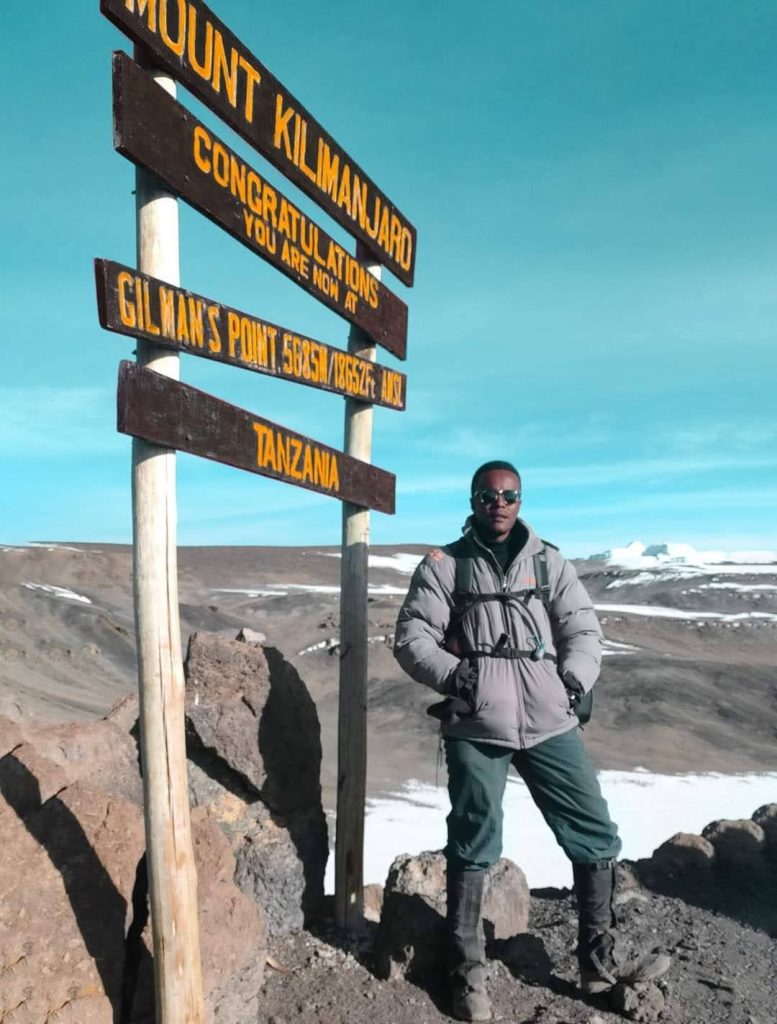Tanzania is a land of breathtaking landscapes, rich wildlife, and diverse cultures, making it one of Africa’s most sought-after travel destinations. Whether you’re dreaming of witnessing the Great Migration in the Serengeti, climbing Mount Kilimanjaro, or lounging on the pristine beaches of Zanzibar, timing your trip to Tanzania is key to maximizing your experience. This guide will help you determine the best time to visit Tanzania, depending on your interests and travel goals.
Tanzania’s Seasons and Climate
Tanzania experiences a tropical climate with distinct wet and dry seasons. Due to its proximity to the equator, temperatures remain relatively consistent throughout the year, ranging from 20°C to 30°C (68°F to 86°F) depending on the region and altitude. Here is an overview of the seasons:
- Dry Season (June to October):
- This is Tanzania’s peak travel season. With minimal rainfall, clear skies, and abundant sunshine, the dry season is perfect for safaris and beach holidays.
- Temperatures are cooler, especially in high-altitude areas like the Ngorongoro Crater and Mount Kilimanjaro.
- Short Rains (November to December):
- Brief, intermittent rain showers characterize this season. While not as popular as the dry season, the landscape becomes lush and vibrant, and there are fewer tourists.
- Long Rains (March to May):
- This is the low season in Tanzania, as heavy rains can make roads impassable and certain parks less accessible. However, this is also when you can find the best deals on accommodations and tours.
- Hot and Humid Season (January to February):
- Falling between the two rainy periods, this season is marked by warm temperatures and dry conditions, making it another good time for travel.
Best Time for Wildlife Safaris
Tanzania is synonymous with world-class safaris, and the timing of your visit can greatly influence the experience. Here’s what to consider:
- The Great Migration:
- The Serengeti is home to the awe-inspiring Great Migration, where millions of wildebeest, zebras, and other animals traverse the plains in search of water and fresh grazing.
- Best time to witness the migration:
- June to July: Animals gather in large herds and prepare to cross the Grumeti River.
- July to October: The dramatic Mara River crossings take place in the northern Serengeti.
- January to March: Calving season occurs in the southern Serengeti, attracting predators and offering incredible wildlife action.
- Game Viewing in National Parks:
- During the dry season (June to October), animals congregate around waterholes and rivers, making them easier to spot. This is ideal for visiting parks like Tarangire, Lake Manyara, and the Serengeti.
- In the green season (November to May), the scenery is lush, and birdwatching is at its peak, with migratory species arriving.
Best Time for Climbing Mount Kilimanjaro
Mount Kilimanjaro, Africa’s highest peak, is a bucket-list adventure for many. The best time to climb the mountain is during the dry seasons:
- June to October and January to February offer clear skies, stable weather, and better trail conditions.
- Avoid the long rainy season (March to May), as trails can become slippery and visibility is reduced.

Max Ayo at Mt. Kilimanjaro
Best Time for Zanzibar and Coastal Regions
If you’re planning a beach holiday in Zanzibar, Pemba, or Mafia Island, timing matters to enjoy sunny days and calm seas:
- June to October: This is the best time for a tropical getaway, with pleasant temperatures and minimal rainfall.
- January to February: Another great period for beach lovers, with warm weather and dry conditions.
- March to May: While hotel rates drop significantly during the long rainy season, expect heavy rains and higher humidity levels.
Best Time for Cultural Experiences
Tanzania’s diverse cultures and traditions offer unique opportunities for immersive experiences:
- Dry Season (June to October): Many cultural festivals and events take place during this time, allowing visitors to engage with local communities.
- July: The Mwaka Kogwa Festival in Zanzibar celebrates the Shirazi New Year with vibrant dances and rituals.
- December: Christmas and New Year celebrations bring lively festivities across the country.
Budget Considerations
Traveling to Tanzania during the off-season (March to May) can help you save significantly on accommodation, tours, and flights. While the rainy season poses challenges, it also offers a more tranquil and intimate experience, as there are fewer tourists in the parks and lodges.
Special Considerations for Photographers
For photographers, Tanzania’s landscapes and wildlife are a dream come true. The best times to capture stunning images include:
- Dry Season (June to October): Golden light, clear skies, and dramatic wildlife scenes.
- Green Season (November to May): Lush landscapes, vibrant colors, and migratory birds.
Final Thoughts
The best time to visit Tanzania ultimately depends on your preferences and priorities. Whether you’re chasing the Great Migration, summiting Kilimanjaro, or basking on Zanzibar’s beaches, Tanzania offers unforgettable experiences year-round. Plan your trip thoughtfully, and you’ll be rewarded with memories to last a lifetime.

Add your first comment to this post